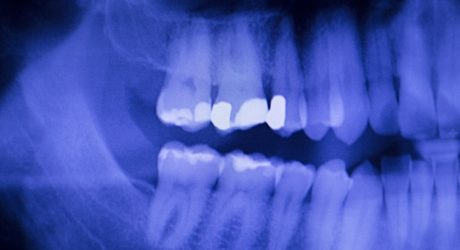A new discovery out of England comes as a big relief to those of us who hate injections and the high whine of a drill in our mouths as dentists prepare damaged teeth for fillings.
Research published in the journal Scientific Reports indicates that fillings could soon become history since scientists found that a drug already used by Alzheimer’s patients can encourage tooth regrowth and repair cavities.
The researchers found that the drug Tideglusib stimulates the stem cells contained in the pulp of teeth so that they generate new dentine – the mineralised material under the enamel.
Although teeth already have the capability of regenerating dentine if the pulp inside the tooth becomes exposed through a trauma or infection, they can only make a very thin layer, which is not enough to fill the deep cavities caused by tooth decay.
Tideglusib, however, switches off an enzyme called GSK-3 which prevents the dentine from continuing to form.
The researchers demonstrated that it is possible to soak a small biodegradable sponge with the drug and insert it into a cavity, where it triggers the growth of dentine and repairs the damage within six weeks.
Since the tiny sponges are made out of collagen, they melt away over time, leaving only the repaired natural tooth.
Lead author of the study, Professor Paul Sharpe of the Dental Institute at King’s College London, said: “The simplicity of our approach makes it ideal as a clinical dental product for the natural treatment of large cavities, by providing both pulp protection and restoring dentine.
“In addition, using a drug that has already been tested in clinical trials for Alzheimer’s disease provides a real opportunity to get this dental treatment quickly into clinics.”
At present, dentists use man-made cements or fillings, such as calcium and silicon-based products, to treat larger cavities and fill holes in teeth.
But this cement remains in the tooth and fails to disintegrate, meaning that the normal mineral level of the tooth is never completely restored.
The new technique could nevertheless reduce the need for man-made fillings, which are prone to infection and often need replacing over time.
According to Dr Nigel Carter, CEO of the Oral Health Foundation: “While fillings have remained highly effective in repairing large cavities, they are susceptible to wear-and-tear and can occasionally be in need of repair and replacement. This presents problems as the dentist could have to remove and fill a larger area each time and after numerous treatments the tooth may then have to be extracted.
“Creating a more natural way for the tooth to repair itself could not only eliminate these issues, but also be a far less invasive treatment option for patients…This is an extremely interesting and novel approach which shows great promise and we will look forward to it being translated into clinical application that could undoubtedly be a progressive step in the treatment of dental disease,” he added.
Since Tideglusib has already been shown to be safe in clinical trials of patients with Alzheimer’s disease, scientists say that the treatment could be fast-tracked into dental practices.
Read more: http://www.caribbean360.com/news/scientists-discover-make-teeth-repair#ixzz4WtMD5Mwh














